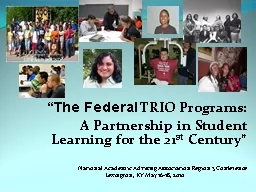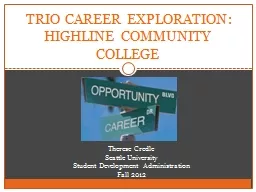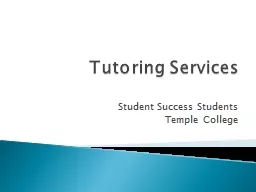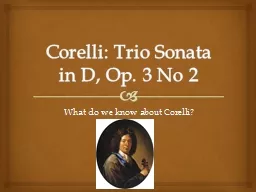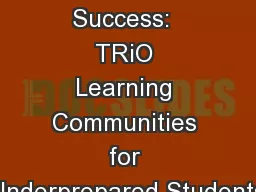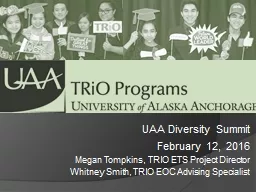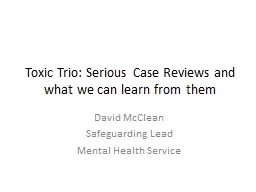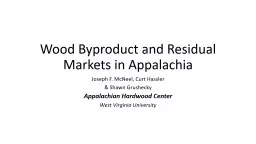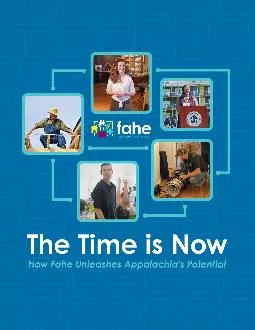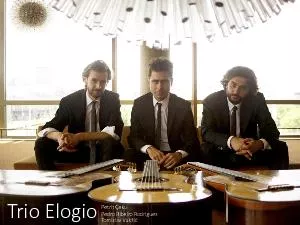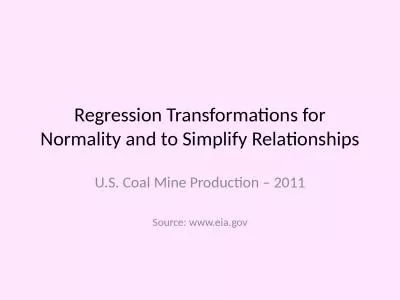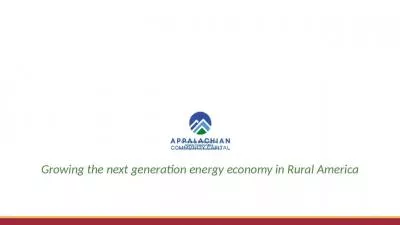PPT-Getting to Know Your TRIO Programs in Appalachia
Author : alida-meadow | Published Date : 2017-06-28
Appalachian Higher Education Network June 23 2016 Kingsport TN Poverty Rates in Appalachia 20102014 High School Completion Rates in Appalachia 20092013 College Completion
Presentation Embed Code
Download Presentation
Download Presentation The PPT/PDF document "Getting to Know Your TRIO Programs in Ap..." is the property of its rightful owner. Permission is granted to download and print the materials on this website for personal, non-commercial use only, and to display it on your personal computer provided you do not modify the materials and that you retain all copyright notices contained in the materials. By downloading content from our website, you accept the terms of this agreement.
Getting to Know Your TRIO Programs in Appalachia: Transcript
Download Rules Of Document
"Getting to Know Your TRIO Programs in Appalachia"The content belongs to its owner. You may download and print it for personal use, without modification, and keep all copyright notices. By downloading, you agree to these terms.
Related Documents

